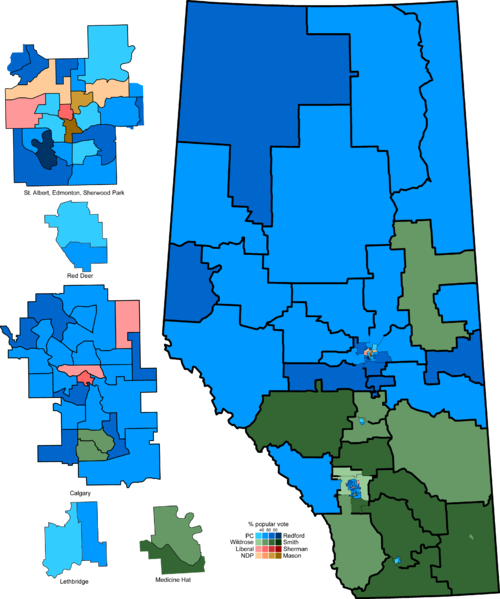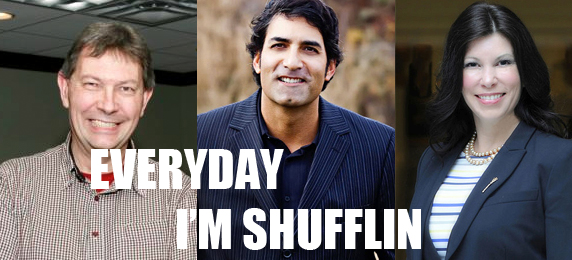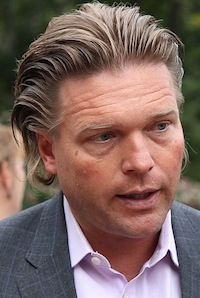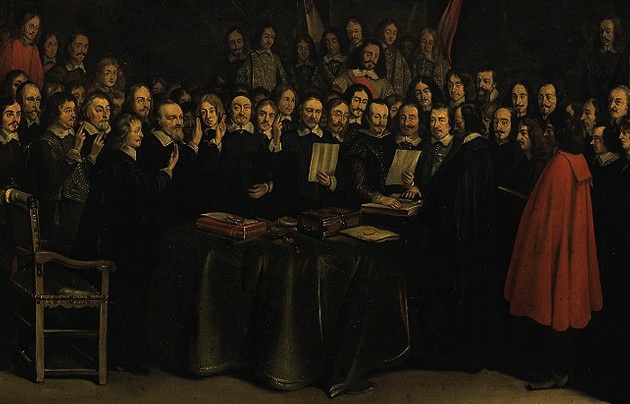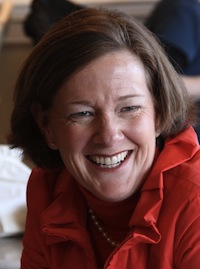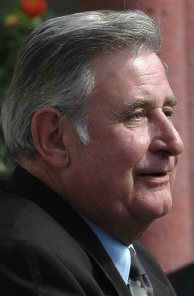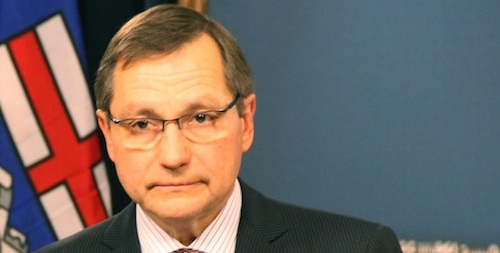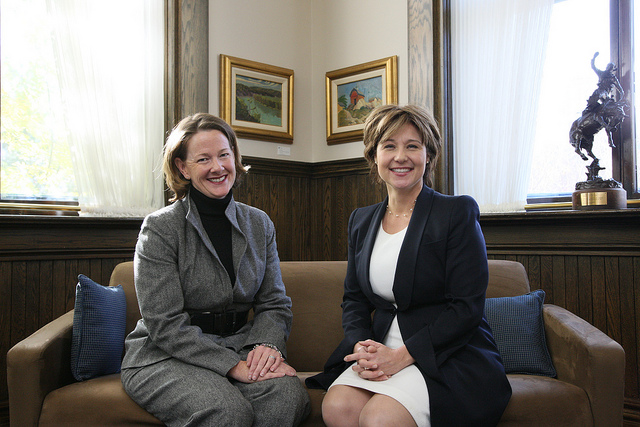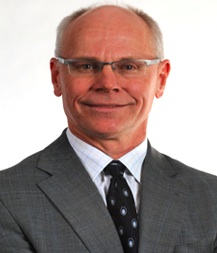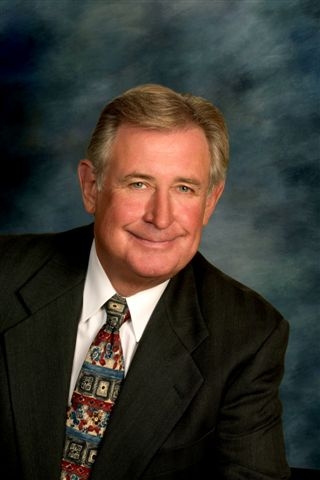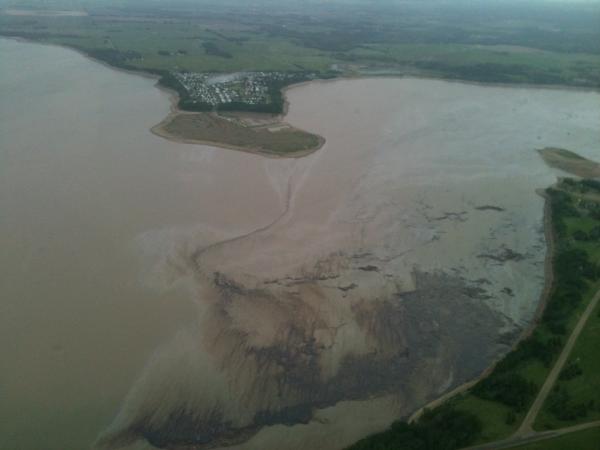
The day to day melee of provincial politics in Alberta was thrown out the window two weeks ago as rising rivers flooded communities in southern Alberta and forced the evacuation of more than 100,000 Albertans from low-lying Calgary neighbourhoods and surrounding communities.
Caring, compassionate, and pro-active, Premier Alison Redford has been front and centre since the flooding began, quickly flying back from a trip to New York two weeks ago, where she was speaking at a conference and meeting with oil industry investors. Only Calgary Mayor Naheed Nenshi, the calm and confident voice of his city, has been more front and centre in the media during this natural disaster.
Abandoning the government’s austerity agenda, Premier Redford announced $1 billion in recovery funding and the appointment of three new cabinet ministers to lead the recovery: Lethbridge-West MLA Greg Weadick for south east regions, Calgary-Klein MLA Kyle Fawcett for south west regions, and Calgary-South East MLA Rick Fraser for High River.
Creating a more purposeful version of ‘Ralph Bucks,’ the government provided pre-paid debit cards to residents affected by the flooding.
Almost immediately after the government announced the appointment of new cabinet ministers, Innisfail-Sylvan Lake Wildrose MLA Kerry Towle took to Twitter to ask why Wildrose leader Danielle Smith, whose Highwood constituency includes High River, was not approached to fill one of these positions (although Wildrose MLAs represent all but three southern Alberta constituencies outside of Calgary, it still would be highly irregular for an opposition leader to be appointed to cabinet).
Despite some initial skepticism, the Wildrose leader quickly began to cooperate with the new minister.
As the flooding started, Ms. Smith was on the ground as a volunteer in High River and, after residents were evacuated from the town, she butted heads with Mayor Emile Blokland about when residents should be allowed back into the town.
With $1 billion in support promised for the flood ravaged communities, it will be difficult for the opposition Wildrose to criticize the Premier’s decision to abandon her promise to balance the provincial budget by 2014, especially as Ms. Smith’s constituency includes one of the hardest hit areas.
Overall, the Premier has assumed a pro-active position, a contrast to a 2010 in Medicine Hat, when then-Premier Ed Stelmach was criticized for not visiting the city in the aftermath.
Former MLA George Groeneveld, who represented Highwood until last year’s election, told CBC last week that allowing development in flood zones has been a mistake. Mr. Groeneveld is the author of a shelved 2006 report that had the potential to cause major political problems for Premier Redford as the flood waters raged. “The one-in-100-year flood seems to be coming every two years, even more, especially in southern Alberta,” Mr. Groeneveld told the Calgary Herald in 2006.
While the blame for the shelved 2006 report can not personally be placed on Premier Redford, who was not even an MLA at the time, her government furiously spun its support for the report and flood relief with Municipal Affairs Minister Doug Griffiths and Environment Minister Diana McQueen aggressively promoting the government’s support for recommendations.
Despite these pro-active stances, the flood has not washed away Premier Redford’s political problems. The Premier has been known to keep her distance from domestic issues in Alberta, allowing cabinet ministers to take the lead on local issues while she focuses on Alberta’s international agenda.
A handful of senior cabinet ministers appear to have caused all sorts of problems and turmoil that may require the personal attention of the Premier, or new cabinet appointments, to resolve. Questions loom about the Alberta Health Services $100-million surplus in the midst of nurse layoffs and whether Health Minister Fred Horne approved the agency’s controversial bonuses for its senior executives before he fired the entire board of directors. Confusion also continues about the future of home care services.
On the education front, post-secondary staff layoffs continue and the University of Alberta remains defiant of Deputy Premier Thomas Lukaszuk‘s attempts to control their institutional agenda. Under the watch of Education Minister Jeff Johnson, school boards, like Edmonton Public Schools, have been forced to eliminate hundreds of full-time staff. Meanwhile, Alberta’s booming population is set to exceed 4-million.
Premier Redford has shined during the flood, but still faces plenty of problems once the reality of politics returns.


